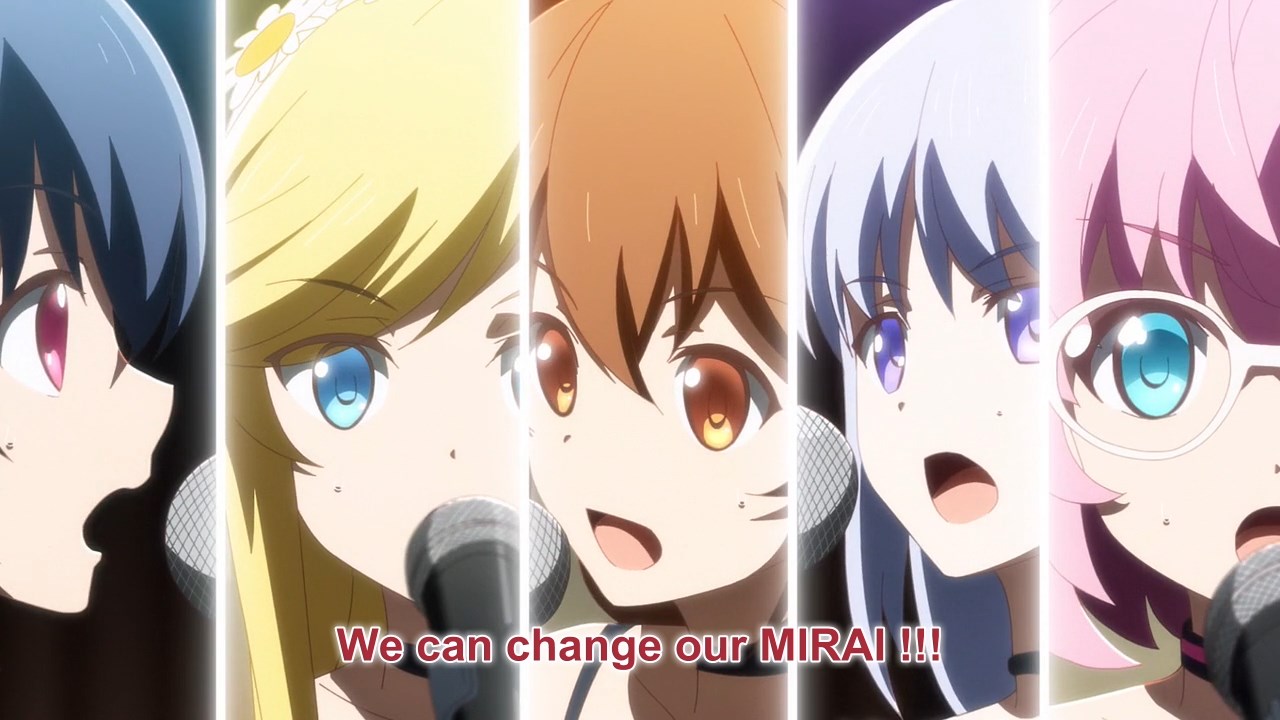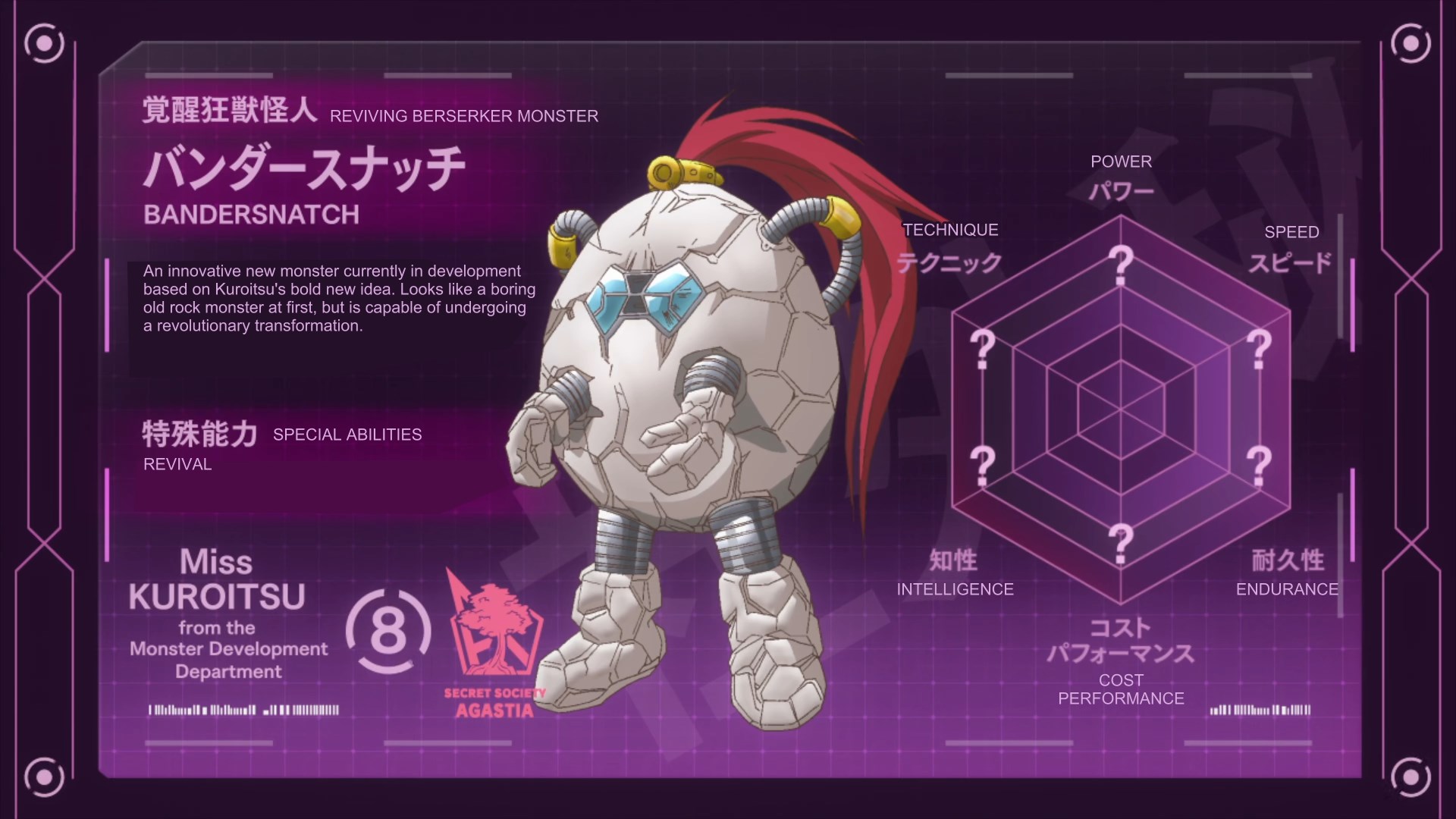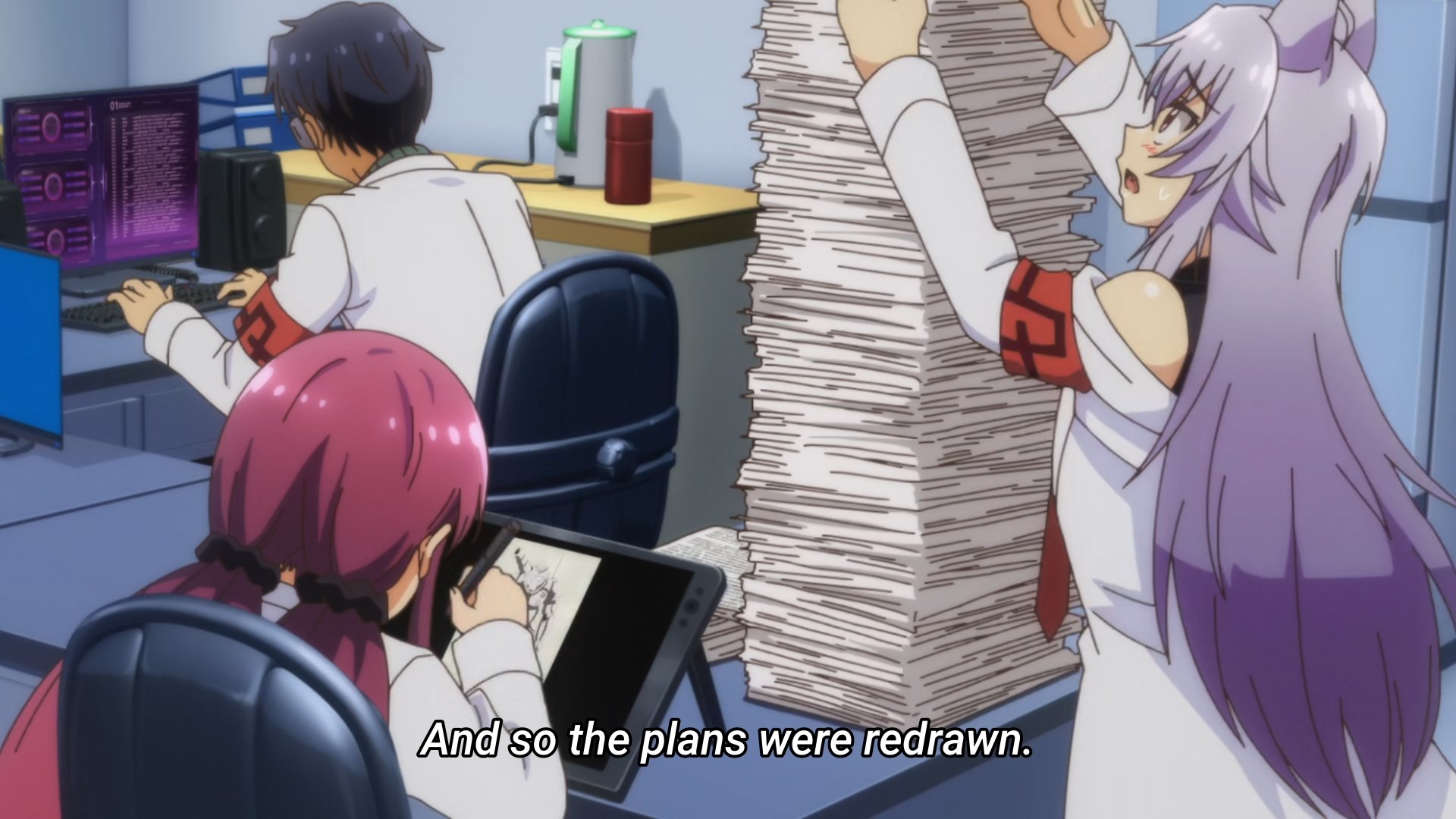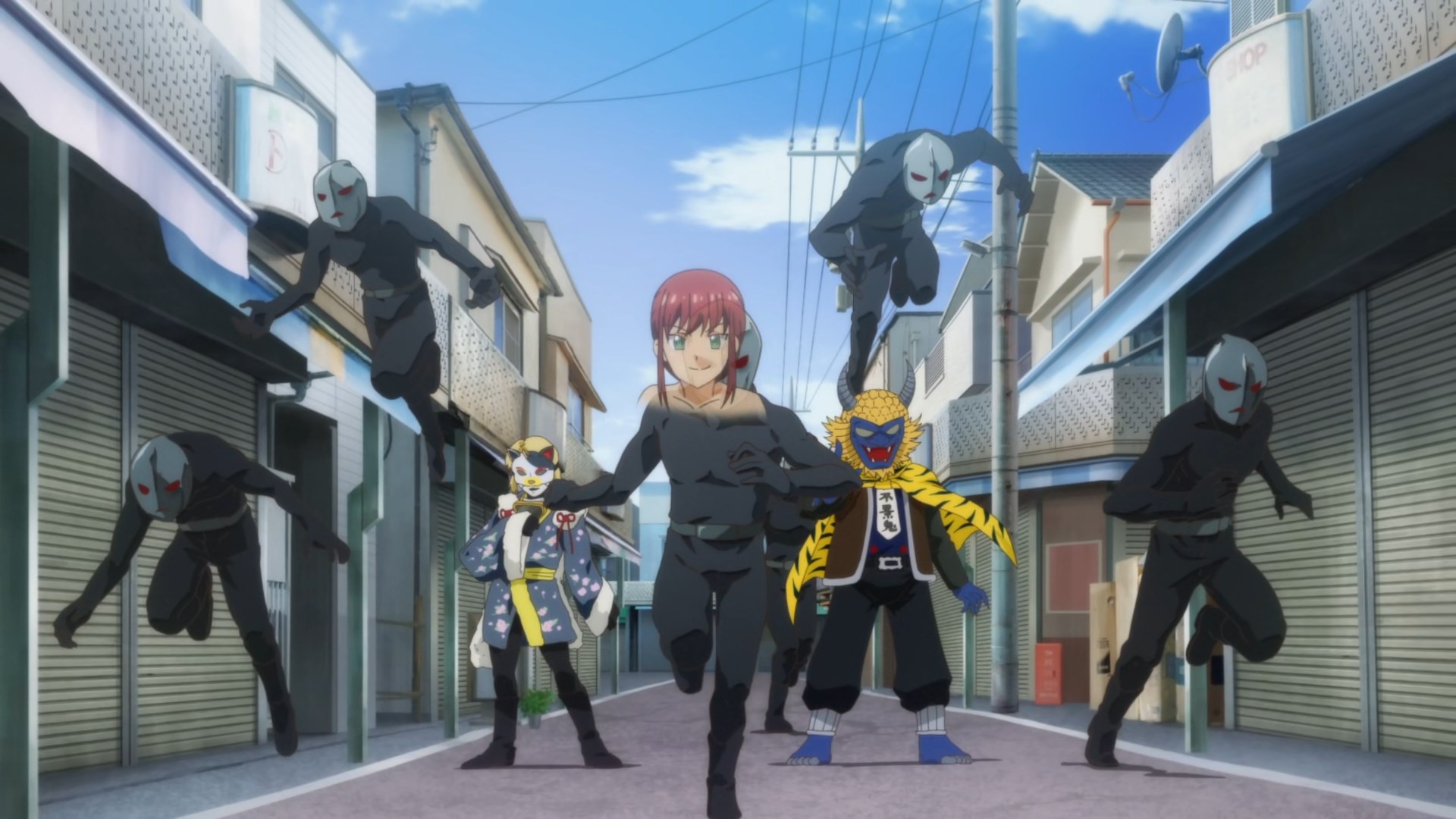Roselia desu.
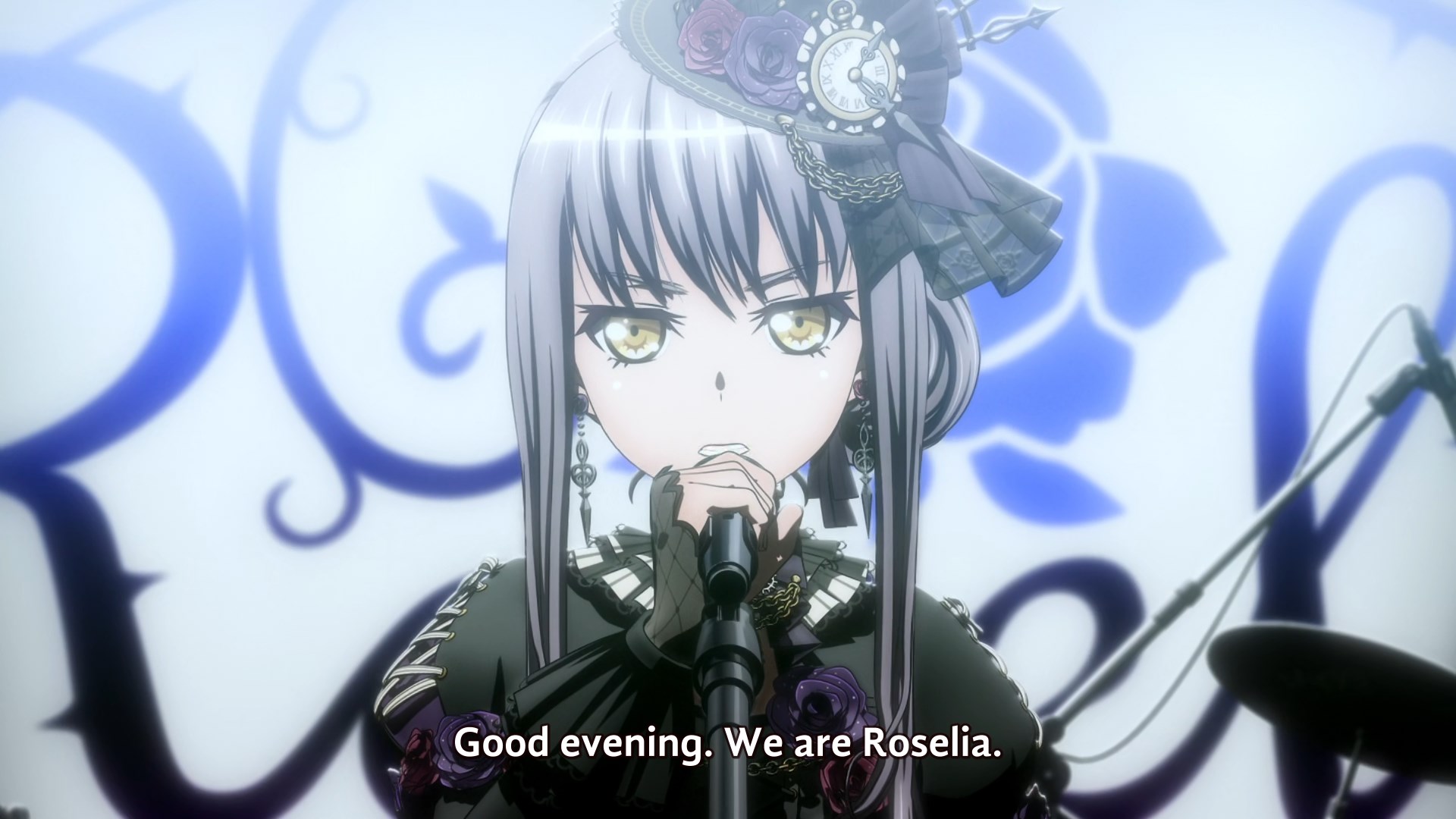
Rosalia is the second ‘real’ band from the Bang Dream project, after Popping Party. where as most of the Bang Dream only rarely do live events, with the members being voice actors first, musicians second, Rosalia’s members are both, regularly releasing new music and doing shows. The anime version of Bang Dream has been mostly focused on Popping Party, with the other bands in supporting roles. It’s therefore time Roselia got some attention. They were already featured heavily in the third season of the anime, but hadn’t had their own series yet until this two part movie, retelling the band’s story from the game. Like every other Bang Dream anime since the first season, this is done with CG animation. It takes a little bit getting used to if this is your first time encountering the style of CG anime Sanzigen employs for the franchise, but on the whole it works. Especially the music performances benefit from being done in CG rather than 2-D animation
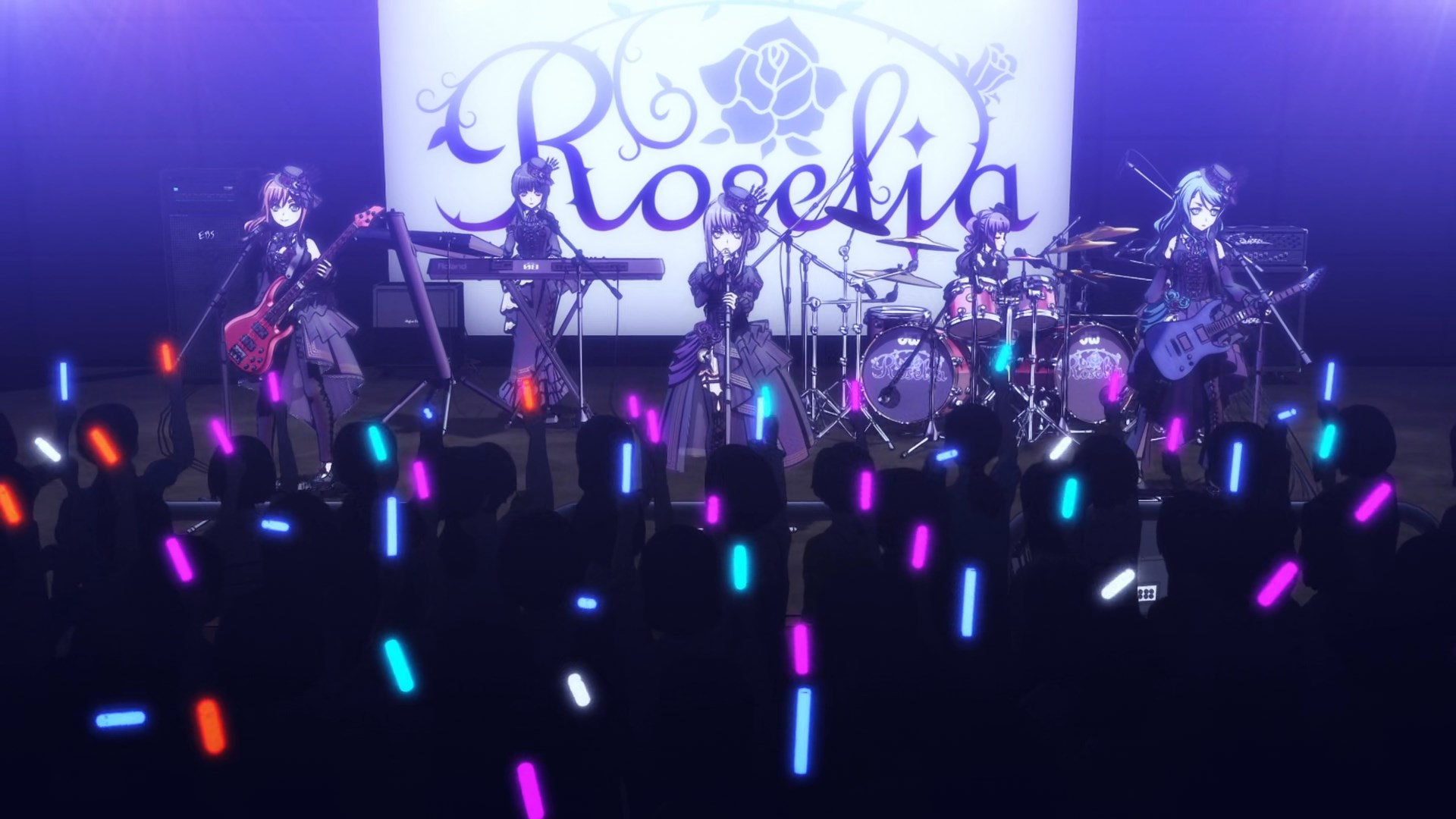
It all starts with Yukina, an outstanding rock vocalist whose strive for perfection tends to alienate the members of the bands she sings for. Her obsession for being perfect is driven by her desire to ‘avenge’ her father, who saw his dreams of making it as a professional rock artist destroyed by the music industry. To do so, Yukina wans to enter and win Future World Fes, the festival that her father also played. It’s not until she meets Sayo, a guitarist as driven as her to be perfect, that she can make a start on fulfilling her dream. Yukina also has the support of her childhood friend Lisa, an outgoing fashion conscious girl who used to play bass with her. Worried that she’s not good enough to satisfy Yukina’s need, still picks up the bass again. Finally, there’s Ako, the second best drummer in the world (after her big sister), a happy gremlin who thinks both Yukina and Sayo are super cool and who convinces her best friend Rinko to play keyboards in the band. Together this mix of friends and relative strangers set out to create the perfect band. There are of course stumbles and missteps along the way, with most of the drama front loaded in the first part. The second part is Roselia triumphant, on its way to achieve its goals, but what comes after?
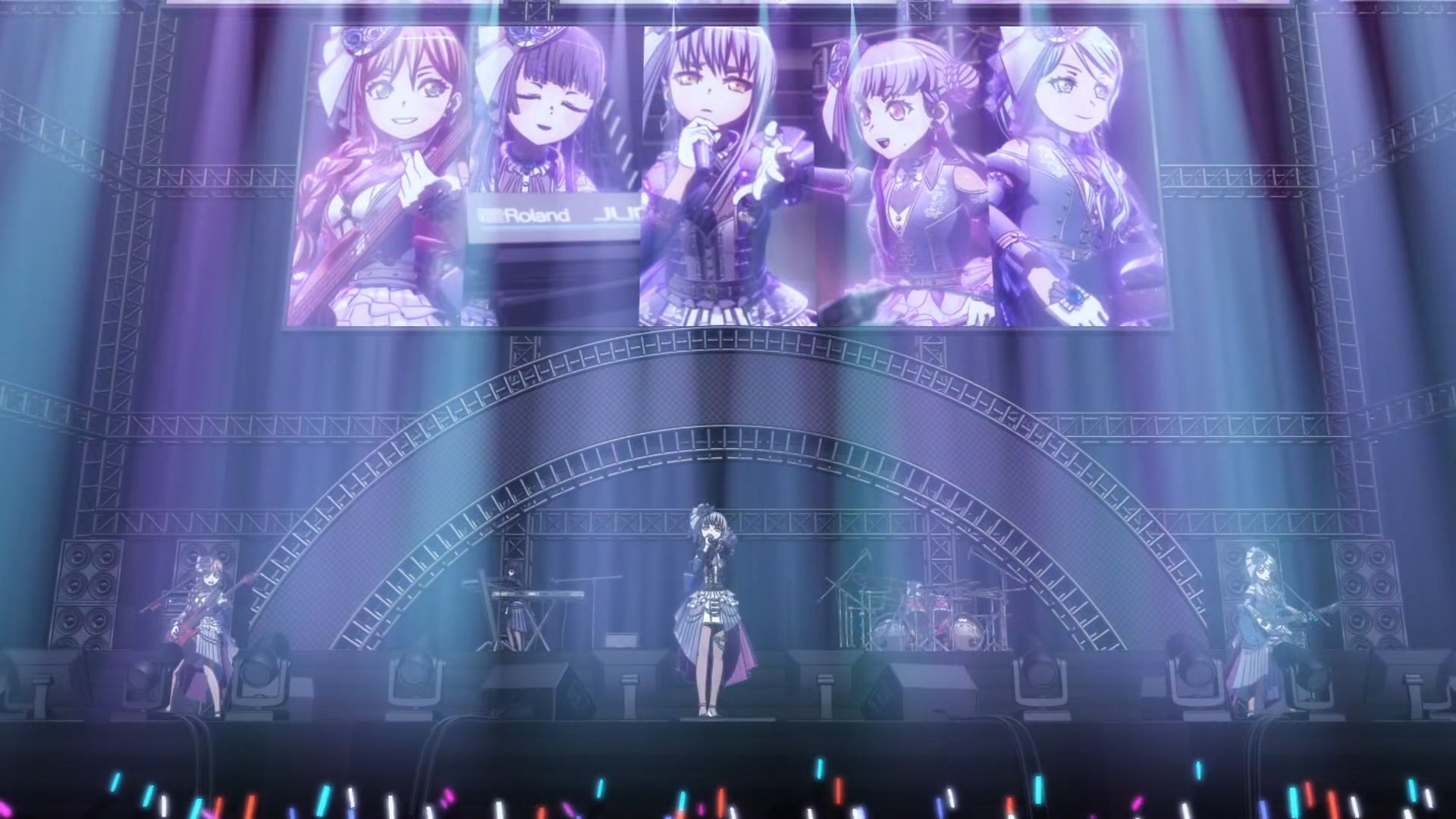
Roselia is probably my favourite band from the entire Bangf Dream franchise. Their music, style and outfits (created by Rinko) is extremely gothy, with a bit of a metal undercurrent, something you could see angsty teenagers really getting into. That goth seriousness also fits well with Yukina and Sayo’s extreme obsession with creating perfect music, while Lisa provides the moral support to the rest of the group, Rinko the style and Ako is there to keep everything cool. It’s still idol music of course and doesn’t quite escape that genre’s cliches sometimes, but all of their songs are fun to listen to and even more fun to play in the Bandori game. The other thing I like about Roselia is how much they’ve grown as friends and comrades over time, something that’s not quite captured here, but that’s a minor quibble. On the whole this was an excellent showcase of Roselia’s story and music, a good way of getting into Band Dream if you’re new to it.
